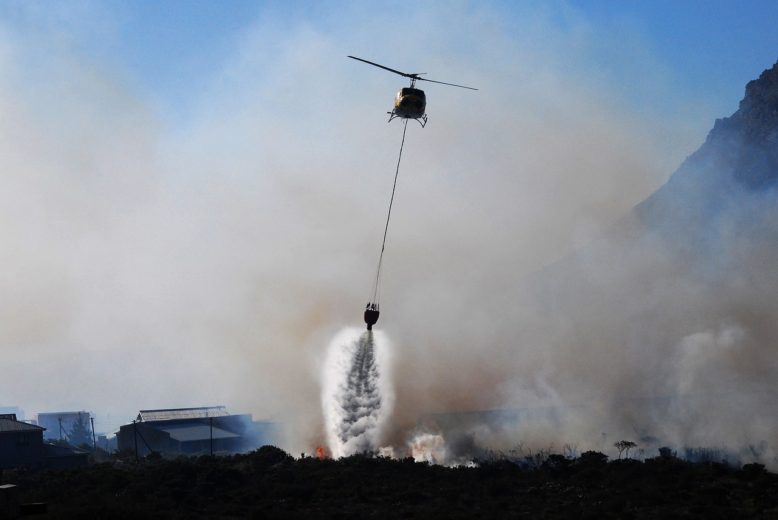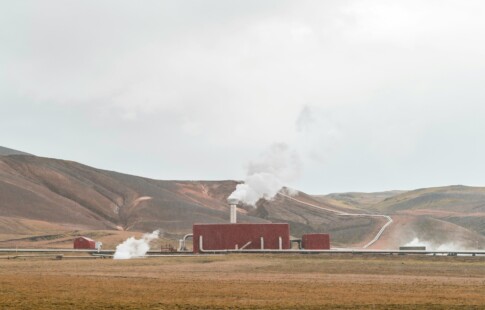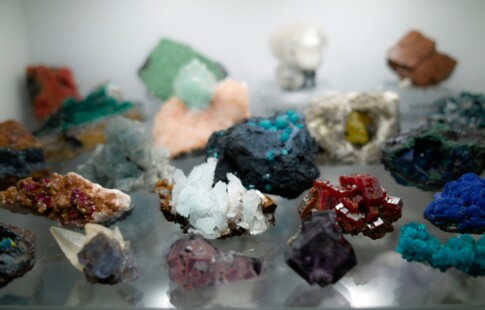
The Impact of Future Technology in Emergency Management
We are reader-supported. When you buy through links on our site, we may earn affiliate commission.
With the reality of climate change visible on weather reports, we as a society must prepare ourselves for more severe weather. Those on the East and Southern coasts brace themselves for hurricanes and floods, while the West battles wildfire and drought. In an emergency when seconds count, technology can streamline evacuation efforts, reunite families and transport needed supplies to survivors. How will future technology influence emergency management?
1. Emergency Response Software
What happens if you become injured to the point you aren’t able to communicate during a disaster? How can you inform emergency responders of drug allergies you suffer? You do carry your phone everywhere you go, right?
Today, emergency response software helps you do anything from research survival information, store your medical history and monitor dangerous weather conditions. Yes. There’s an app for that!Software solutions for organizations include tracking who is on-site at the business location and protecting data networks from loss. These technologies can help analyze processes following a disaster and recommend procedural improvements if future catastrophes occur.
2. Social Media Saves Lives
When weather interferes with your phone function, how can you alert others if you get trapped in a destroyed building or surrounded by downed wires? Even when phone calls drop during extreme heat, cold or stormy conditions, you can often post on social media.
Use resources such as Facebook check-in to let others know you’re OK. This habit conserves battery life more than making multiple calls to everyone in your circle. If you do need help, activate location services and turn off your VPN, if you use one, to enable first responders to find you.
3. Optimized Resource Management
Technology can help us prevent future disasters like the Camp Fire, which decimated Paradise, Calif., in 2018. Switching to more renewable resources could prevent future forest fires. Systems such as solar use more localized grids, making it easier for officials to pinpoint equipment failure before tragedy strikes. They also rely less on overhead power lines, which can sustain damage in windy conditions, sparking blazes.
Improving resource management can save considerable money as well. Updating efficiency in industries like health care and transportation by even 1% can save billions of dollars over the next 15 years. Officials can then redirect the money saved toward future conservancy efforts.
4. Drone Technology Improves Response
Sometimes, hazards such as downed power lines frustrate rescue efforts — and leave survivors stranded without needed supplies until officials clean up roadways adequately. Using drones to fly supplies to survivors cuts response time and can improve health outcomes. For example, those suffering cuts could contract sepsis if they lack adequate first-aid supplies.
Amateurs, however, do well to follow emergency instructions for flying drones on their own. In some cases, such as when fighting wildfires, amateur drones can endanger the lives of firefighters and hinder response time. They can interfere with aerial extinguishing operations.
5. The IoT Identifies Pending Disaster
The Internet of Things (IoT) can go far in preventing future disasters from spreading out of control. For example, the IoT can scope out smoke, allowing firefighters to extinguish small fires before they grow into infernos. Advanced weather-tracking technologies can predict floods and landslides with greater accuracy, allowing more time for evacuation.
The IoT can also monitor air and water quality in specific locations. Following a disaster, agricultural runoff can contaminate bodies of water, making them unsafe for swimming, bathing or fishing. Poor air quality due to lingering particulates, such as ash from volcanic eruptions, can create the risk of lung disease if residents return too soon.
6. Artificial Intelligence Assists in Triage
When disaster strikes, emergency responders struggle to assist the most severely injured patients first. Artificial intelligence (AI) can aid in triage decisions and help save lives.
Physicians can use AI to evaluate patients from a distance and determine if they need hospital care. Doing so helps preserve valuable bed space for the most seriously injured, and it decreases frustration from long waiting room times. As robotics continue to advance, top trauma surgeons will perform procedures without ever laying hands on a patient. They will direct the machine through the process, enabling more patients to benefit from the most elite level of care.
7. Blockchain Increases Transparency in Aid
Blockchain technology consists of a type of digital ledger operating independently from any specific server. Therefore, when disaster strikes, blockchain helps companies and individuals maintain financial and other essential records, even when they lose equipment.
The beauty of blockchain lies in its cloud-based nature. It increases transparency, since it allows a clear record of donations and the like. This visibility helps decrease scams, a major reason many people hesitate to give money and time in the wake of natural disasters.
8. Satellite Improves Communication
Disasters can destroy cellphone and radio towers, leaving officials with few land-based methods of communication. Satellite communications systems allow responders to coordinate in the wake of natural disasters as they use tools orbiting Earth.
Recently, the Department of Justice instituted a SMART program that provides gadgets for first responders such as police and firefighters. Currently, such equipment proves too expensive for widespread civilian use. However, as technology continues to advance, prices will fall, enabling ordinary consumers to purchase such technology. In the meantime, carrying a backup phone charger is a smart way to ensure you can get in touch with loved ones in emergencies.
Technology Is Improving Disaster Response
Climate change creates stronger, more devastating natural disasters. Fortunately, advances in technology can help people detect incipient catastrophes early and respond more effectively in their wake.
Share on
Like what you read? Join other Environment.co readers!
Get the latest updates on our planet by subscribing to the Environment.co newsletter!
About the author

Jane Marsh
Starting from an early age, Jane Marsh loved all animals and became a budding environmentalist. Now, Jane works as the Editor-in-Chief of Environment.co where she covers topics related to climate policy, renewable energy, the food industry, and more.





